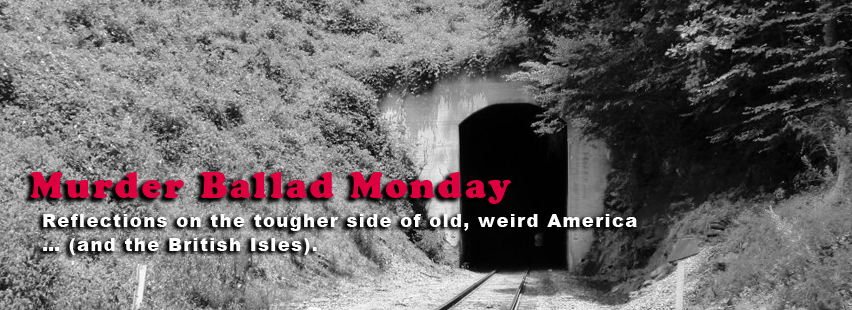Where A White Man He Does Like He Pleases
<<<Back to page 1
Boosted by several years of education about Native American issues in college, I was convinced that “Heart” was a thematically perfect song, aptly capturing the nobility of the Nez Perce, the unfairness of their relocation, and because of the last verse, the promise of an enduring legacy.
My reaction was obviously rather romanticized and sentimental. It’s an idealist’s song, a not-so-angry young man’s song. My teenage son loves it, probably for reasons I did when I was about his age. Small’s song is beautifully written, incorporating Chief Joseph’s words. It’s also an admirable song in a morally earnest kind of way, and the art does not groan under the weight of that earnestness.
Despite “the Appaloosa living still,” “Heart” is an elegy, with a guiding theme of injustice. Its animating dilemma is Chief Joseph’s: whether flight and independence are better than assimilation, and at what cost. Fighting is not sought, but not to my ear a point of anguish for the Chief. “We shall fight them if we must, but we will find another home.” A properly nuanced understanding of fighting in native cultures is beyond my ken, reminding me that “Heart” gives me occasional twinges of misgiving about the risks of appropriating stories better told by others. To Small’s credit, he provides a historical song, highlighting the Nez Perce connection to the natural world, without relegating them to history or consigning them to nature, which are often the Scylla and Charybdis of majority culture depictions of Native Americans. My inability fully to parse the question of violence in the song, though, illustrates that, despite its protagonist, “Heart” is still in most meaningful respects a “white man’s” story.
“Heart of the Appaloosa” has been with me for close to thirty years, and the only one of these three that I have memorized. I find it impossible to say how I might judge it for the first time if I encountered it today, but I think it did open something up for me that had value and still does.

Appaloosas (uncredited photo)
“Mick Ryan’s Lament”
I first heard Robert Emmet Dunlap’s “Mick Ryan’s Lament” on Tim O’Brien’s Two Journeys (2001), which explored America’s ties to Ireland through music. Dunlap published it in 1993, making it the only one of today’s songs to appear after the increase in public conversation about indigenous issues that coincided with the 500th anniversary of Columbus’s encounter with the Americas. Perhaps not coincidentally, it’s the only one of them that came out after Dances with Wolves.
Mick Ryan is an Irish immigrant, Civil War veteran, and soldier in General George Armstrong Custer’s 7th Cavalry. At the start of the song he lies dead at Little Bighorn, only then awakening morally to the painful irony of what he had become and what he had done.
Here is O’Brien’s version:
“Mick Ryan’s Lament” takes its melody from the 7th Cavalry’s marching tune, “Garryowen,” itself based on an 18th century Irish quick step tune. This thematically resonant, clever songwriting was what first drew me in. The clip below is a quasi-fictional story of the tune’s evolution, taken from They Died With Their Boots On, the second most popular film of 1941, featuring Errol Flynn as General Custer.
“Mick Ryan’s Lament” melodically reinforces the protagonist’s wrestling with the abuses of empire. Ryan’s Irish heritage lies at the center of this fatal irony. It presents us with a tragic “reversal and recognition,” in the classical sense, where the hero realizes too late how and why he has brought about his own downfall. As a tragedy, rather than an elegy, it is closer to a traditional murder ballad than “Heart of the Appaloosa.”

